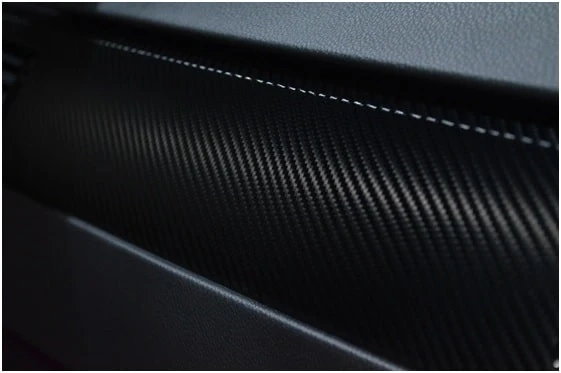The Environmental Impact of Carbon Fibre Wrapping: What You Need to Know
Written By - Structural-india Carbon fibre wrapping has become increasingly popular in recent years due to its ability to enhance the appearance and performance ...


Written By - Structural-india Carbon fibre wrapping has become increasingly popular in recent years due to its ability to enhance the appearance and performance ...

